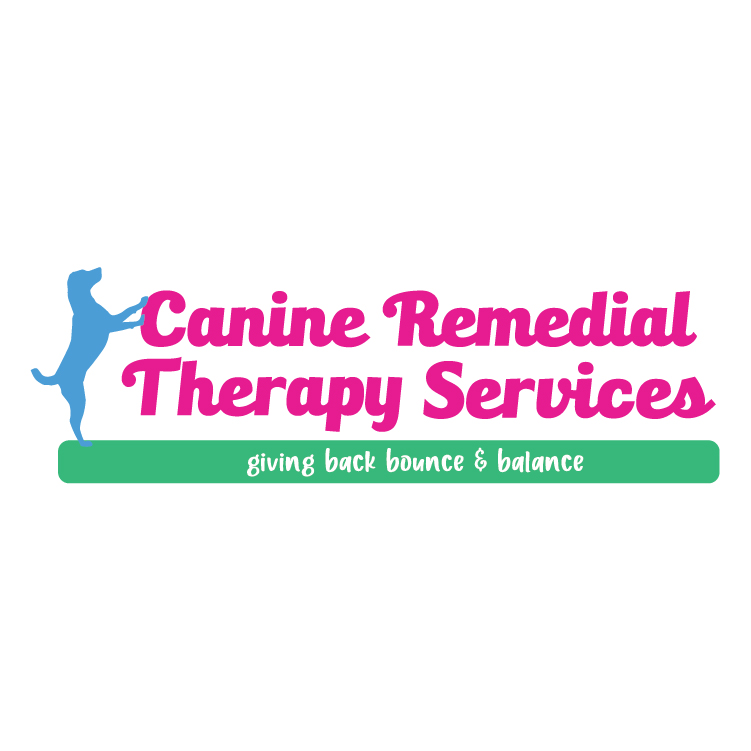
What Is Hip Dysplasia?
Hip dysplasia is an abnormal development of the hip joint occurring during the growth of the animal. In simple terms, the joint between the femur and the pelvis is called a ball and socket joint.
A healthy hip joint will have the head of the femur (ball) fit neatly in into the acetabulum (socket) of the pelvic. In dysplastic hip joints, the head of the femur and/or the acetabulum is poorly developed to be a poor fit due to irregular shape.
There are many breeds predisposed to this condition, many of them large breeds with rapid growth during puppyhood, however small to medium dogs can also suffer this condition.
What Causes It?
There are many reasons that dogs may develop hip dysplasia. Some dogs inherit the condition due to poor or design breeding. The great news is that many breeders are working hard to eliminate the condition.
Lifestyle factors also impact the development and progression of the disease. These can include nutritional support during puppy and young adulthood, exercise and sporting habits as well as weight – namely obesity.

What Are The Symptoms?
Hip dysplasia can be a sneaky disease. Although symptoms can be detected at even just a few months of age, some dogs do not show signs until they are older.
The age of the dog does not dictate the severity of this disease, meaning a dog of any age can become debilitated by hip dysplasia.
The signs to keep an eye out for include (these signs are not exhaustive, nor are they exclusive to hip dysplasia):
- Lameness in one or both hind legs.
- A “swagger” or swinging of the hips when walking.
- Reluctance or difficulty in getting up, sitting or lying down.
Diagnosing Hip Dysplasia
The diagnosis of hip dysplasia will include a physical exam. This will include a gait assessment, range of movement tests, a discussion of recent and past history and finally radiographs.
Radiographs are essential to confirm not only the disease, but also the amount of related osteoarthritis and degeneration of the joint. Often your vet will also take x-rays of of other joints to rule out concurrent conditions.
Treatment
Hip dysplasia can be treated surgically and/or medically. Treatment choice will depend on the age of your pet, the severity of the disease and of course, personal considerations for the owner.
Regardless of whether surgical intervention occurs, medical and supportive therapies are a must. Treatment of hip dysplasia should be multimodal and may include supplements, massage, physio, hydrotherapy, prescription medication, weight management, etc.
Due to the progressive nature of this disease, the aim of any treatment is to promote and preserve healthy biomechanical function.

Supporting the Development of Growing Dogs
As dogs grow, it is best to have puppy food appropriate to their nutirional needs. For example, a rapidly growing, large breed dog has different nutritional requirements than a small dog and requires a diet that will help meet these needs and slow their growth to a more appropriate rate.

Regardless of the size of your dog, exercise is to be low impact, as excessive running, jumping, twisting and sudden stops or skids (as so often seen when ball chasing) can exacerbate abnormal development of the hip joint.
Start supplements early. Speak to your vet or canine remedial therapist regarding products and services available.
Caring For A Dog With Hip Dysplasia
If your dog has been diagnosed with hip dysplasia, there are many things you can do to preserve his health and wellbeing.
Speak to your vet and canine remedial therapist about treatments and home care. Consider your dog’s lifestyle and make changes as needed, for example:
- Manage your dog’s weight. This can make a huge difference to your dog’s long term comfort.
- Provide non-slip matting or rugs to allow your dog stability when getting up, standing and walking.
- Ensure bedding is comfortable, but not too soft! It can be difficult for your dog to gain purchase when getting in and out of bed if it is too soft or spongy. Also think about the height of the bed, a little like Goldilocks, not to hard or soft, not to high or low.
- Provide exercise that is low impact and comfortable. Multiple shorter walks may be preferable over longer, less regular ones. [exercise link]
- Introduce supportive therapy such as massage for your dog.
- Provide other opportunities for enrichment for your dog. It doesn’t have to be all ball throwing, dog parks and beaches.